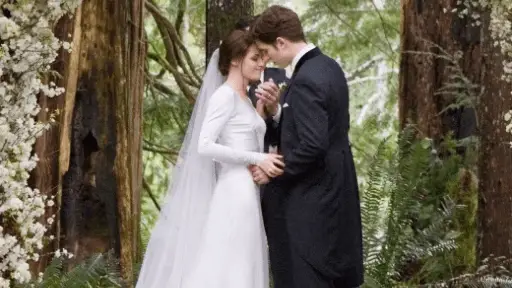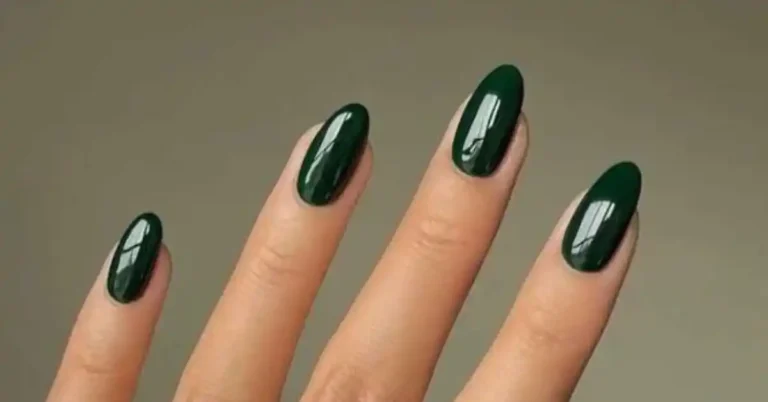In this blog post, I’ll guide you through simple steps to create a beautiful DIY wedding bouquet. Learn how to make a stunning arrangement that will add a personal touch to your special day.
Choosing Your Flowers and Color Palette
Selecting flowers and colors for your wedding bouquet is an exciting part of the process. Start by considering your favorite blooms and the season of your wedding. Popular choices include roses, peonies, and hydrangeas.
Think about your wedding’s overall color scheme. Your bouquet should complement your dress and bridesmaids’ attire. Consider using a mix of complementary colors to create visual interest.
Focal flowers are the stars of your bouquet. These larger blooms, like dahlias or ranunculus, draw the eye and set the tone. Surround them with smaller, supporting flowers to add depth and texture.
Don’t forget about seasonal availability. Some flowers may be harder to find or more expensive out of season. Your florist can suggest in-season alternatives that match your desired look and budget.
Here’s a quick guide to popular wedding flowers and their meanings:
- Roses: Love and passion
- Peonies: Romance and prosperity
- Hydrangeas: Gratitude and abundance
- Ranunculus: Charm and attractiveness
Remember, your bouquet should reflect your personal style. Mix and match flowers and colors until you find a combination that feels uniquely you.
Gathering Supplies and Preparing Your Stems

Creating a DIY wedding bouquet requires the right tools and properly prepared flowers. With some basic supplies and careful prep work, you’ll be ready to craft a beautiful arrangement.
Securing the Right Tools
To make your bouquet, you’ll need floral tape, shears, and a stem stripper. Floral tape helps secure stems together, while sharp shears ensure clean cuts. A stem stripper removes leaves and thorns effortlessly.
Don’t forget ribbon or string to wrap the handle. Rubber bands can hold stems in place temporarily. Floral wire adds support for delicate blooms.
Consider having extras on hand in case of mishaps. Clean buckets or vases will keep your flowers fresh during prep.
Preparing Your Flowers
Start by sourcing your flowers 2-3 days before the wedding. This gives you time to condition them properly.
Fill buckets with clean, cool water and flower food. Cut stem ends at a 45-degree angle under running water. Remove any leaves that will sit below the waterline.
Strip excess foliage from stems, leaving only what you want visible in the final bouquet. Trim stems to a manageable length, around 8-10 inches.
Let flowers hydrate in a cool spot for several hours or overnight before arranging. This ensures they’re perky and ready for your masterpiece.
Designing and Arranging Your Bouquet

Creating your wedding bouquet is an exciting part of wedding preparation. With some planning and creativity, you can design a beautiful arrangement that reflects your personal style.
Building a Foundation
Start by selecting your focal flowers. These are typically larger blooms like roses, peonies, or hydrangeas. Choose 3-5 stems and arrange them in a loose cluster. This forms the heart of your bouquet.
Next, add filler flowers around the focal blooms. Baby’s breath, small daisies, or spray roses work well. These add texture and fullness to your arrangement.
Incorporate greenery to frame your flowers. Eucalyptus, ferns, or ivy can provide a lush backdrop. Arrange the greens in a circular pattern around the blooms.
Remember to strip leaves from the lower stems. This keeps your bouquet looking neat and makes it easier to hold.
Creating the Bouquet Shape
Decide on your desired bouquet shape. Round bouquets are classic, while cascading styles offer drama. For a bohemian look, try a loose, organic shape.
Begin adding flowers in a spiral pattern. Hold the stems at the binding point and angle each new stem slightly. This creates a natural, rounded form.
Continue adding flowers until you achieve your desired fullness. Rotate the bouquet as you work to ensure even distribution.
Adjust flower heights to create dimension. Place some blooms higher and others lower for a dynamic look.
Step back occasionally to assess your work. Make adjustments as needed to maintain balance and symmetry.
Adding Accents and Details
Incorporate special accents to personalize your bouquet. Consider adding:
- Ribbons or lace
- Pearl pins or rhinestones
- Delicate sprigs of herbs
- Meaningful charms or lockets
Secure your bouquet with floral tape or wire. Wrap it tightly around the stems to keep everything in place.
Finish with a beautiful ribbon wrap. Choose a color that complements your flowers and wedding palette. Tie it in a bow or let the ends trail for a romantic effect.
Finally, trim the stems to your desired length. Cut them at an angle to help them absorb water and stay fresh longer.
Finishing Touches and Preservation

Adding final details and preserving your wedding bouquet ensures it remains beautiful for years to come. These steps allow you to personalize your arrangement and create a lasting memento of your special day.
Securing the Bouquet
Start by gathering your bouquet stems tightly. Wrap floral tape around the stems, beginning just below the flower heads and working your way down. This creates a neat, unified look.
Next, choose a white ribbon or lace to cover the floral tape. Wrap it around the stems, overlapping slightly as you go. Secure the end with corsage pins, pushing them at an angle into the stems.
For a rustic touch, use twine instead of ribbon. Tie a bow at the base of the bouquet to complete the look. Make sure it complements your wedding dress and theme.
Adding Decorative Elements
Personalize your DIY bridal bouquet with meaningful accessories. Attach a locket with a photo of a loved one using floral wire. Weave in small sentimental items like your grandmother’s brooch or a charm bracelet.
Consider adding pearl-tipped pins among the flowers for a touch of elegance. Incorporate lace from your mother’s wedding dress by wrapping it around the stems or creating small bows.
For a pop of color, intertwine thin ribbons that match your wedding palette through the bouquet. Remember, these elements should enhance, not overpower, your fresh flowers.
Preserving Your Bouquet
To keep your bouquet as a lasting memento, act quickly after the wedding. One method is air-drying. Hang the bouquet upside down in a dark, dry place for several weeks. This maintains the flowers’ shape but may cause some color fading.
Another option is using silica gel. Cover the flowers completely in a container filled with silica gel. This method preserves color and shape more effectively.
For a modern approach, consider resin preservation. This creates a clear block showcasing your flowers exactly as they were on your wedding day. You can display this as a beautiful centerpiece in your home.
Budgeting and Sourcing

Creating a DIY wedding bouquet can be a fantastic way to save money on your special day. By taking this approach, you can craft a beautiful arrangement that fits your style and budget.
To keep costs down, consider sourcing flowers from grocery stores or local farmers’ markets. These options often provide fresh, seasonal blooms at lower prices than traditional florists.
For even bigger savings, explore online wholesalers or flower markets. These sources typically offer a wider variety of flowers at wholesale prices, allowing you to get more bang for your buck.
Seasonality matters! Choose flowers that are in season for your wedding date. Summer weddings can feature vibrant sunflowers and daisies, while winter nuptials might showcase elegant white roses or evergreen accents.
Here’s a quick cost comparison:
| Source | Approximate Cost |
|---|---|
| Florist | $150-$350 |
| Grocery Store | $50-$100 |
| Wholesaler | $30-$80 |
| Online Kit | $37.90-$59.99 |
Remember, budget-friendly bouquets can still look stunning! With some creativity and smart sourcing, you can create a beautiful arrangement without breaking the bank.
FAQ
What flowers are best for a wedding bouquet?
You can choose from roses, peonies, and hydrangeas for a classic and elegant look.
How do I keep my wedding bouquet fresh?
Keep it in water until the last minute, use floral preservative, and store in a cool place.
Any tips for DIY wedding bouquets?
Practice beforehand, choose a color scheme, and consider adding greenery for volume and texture.
If you liked this blog post about how to make a wedding bouquet, don’t forget to leave us a comment down below to tell us about your experience with it, or take a look at the following articles:






